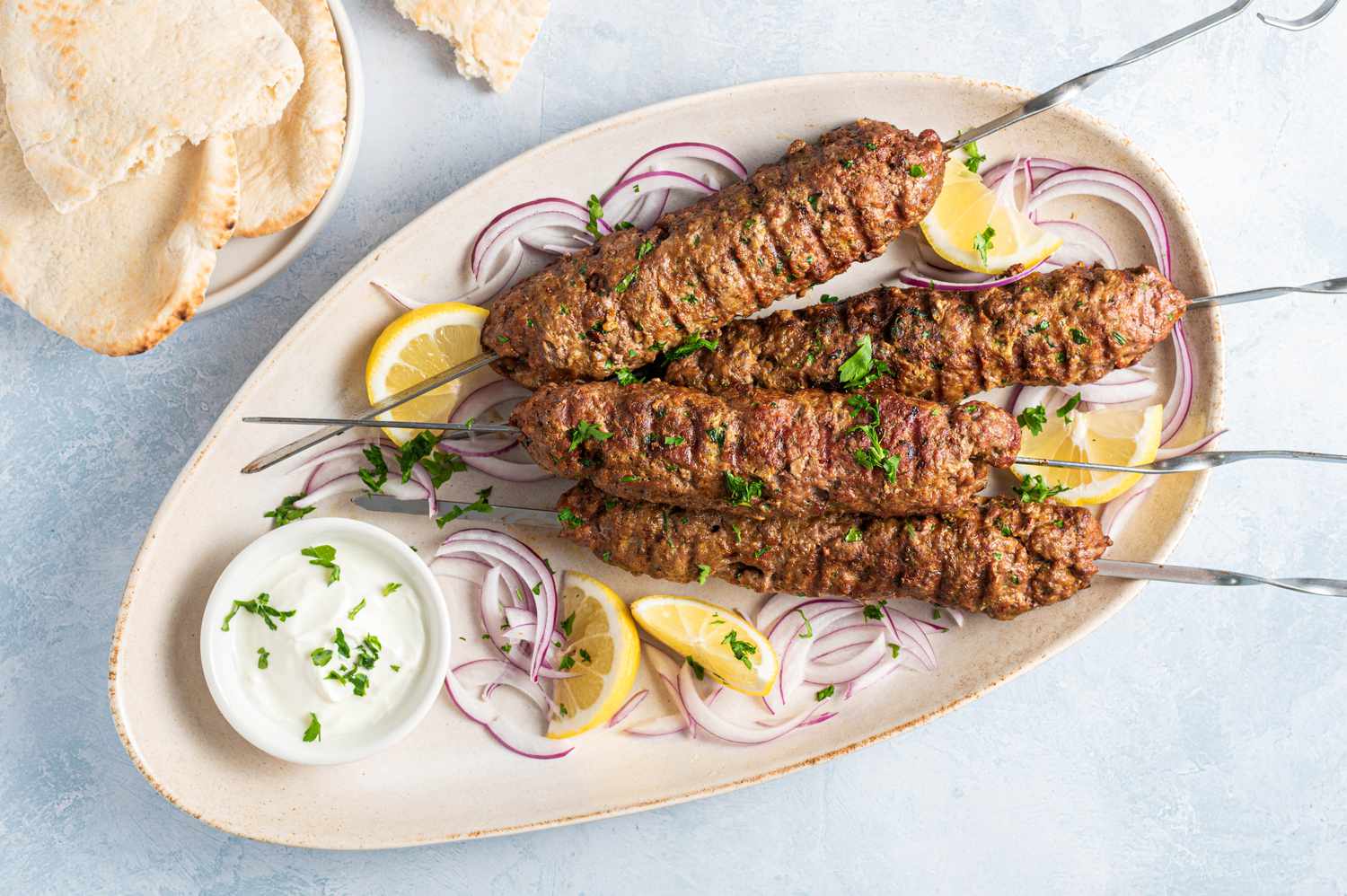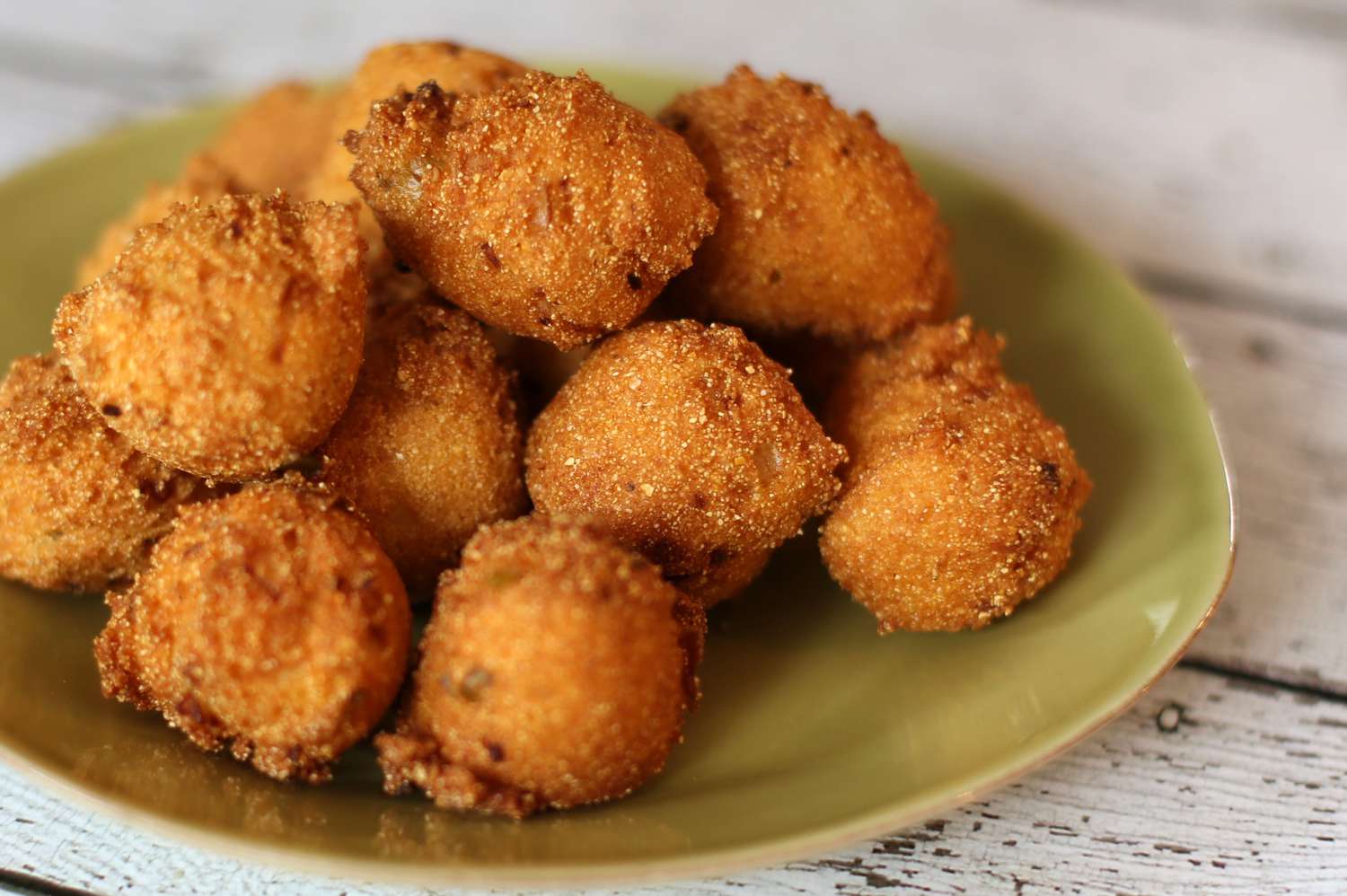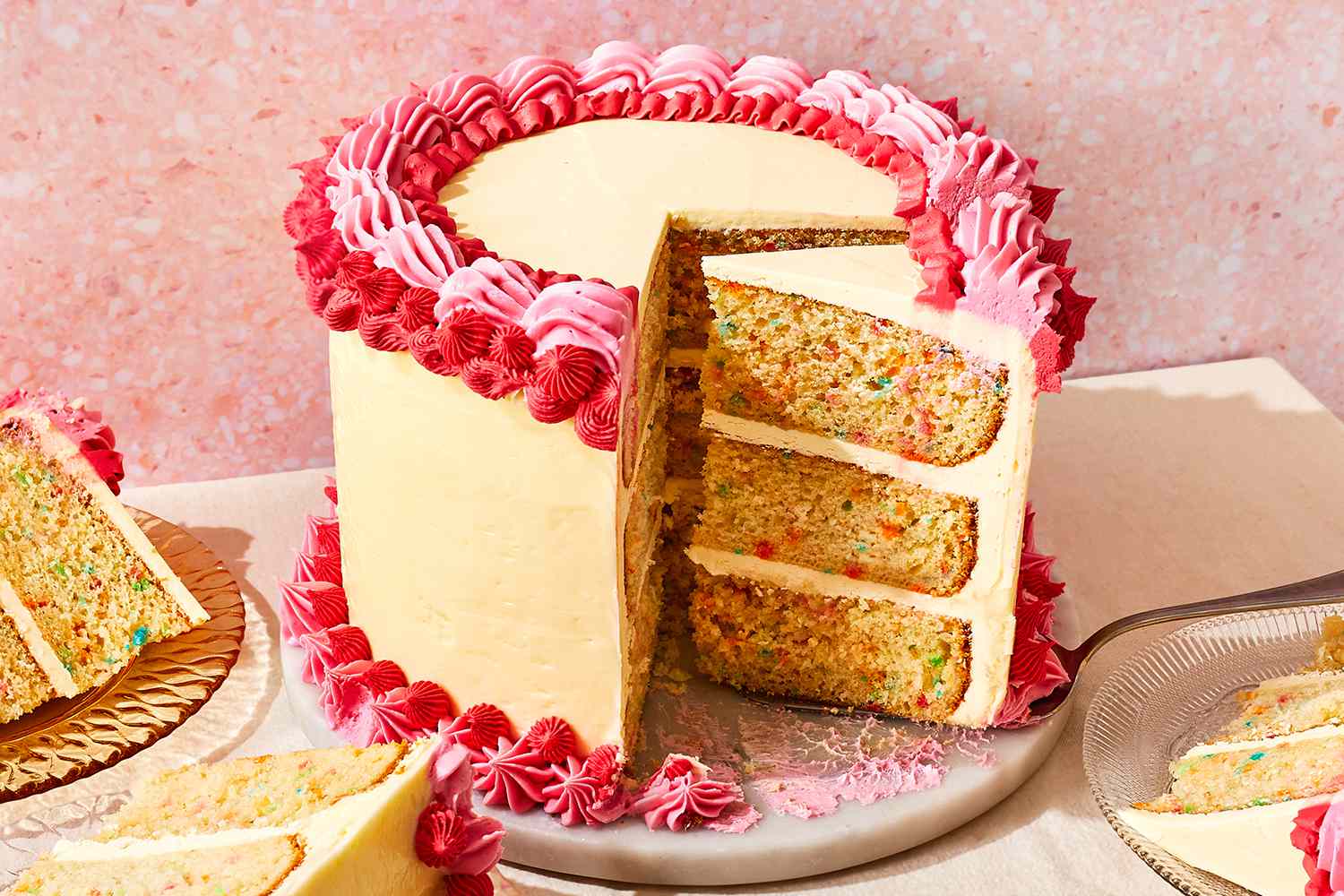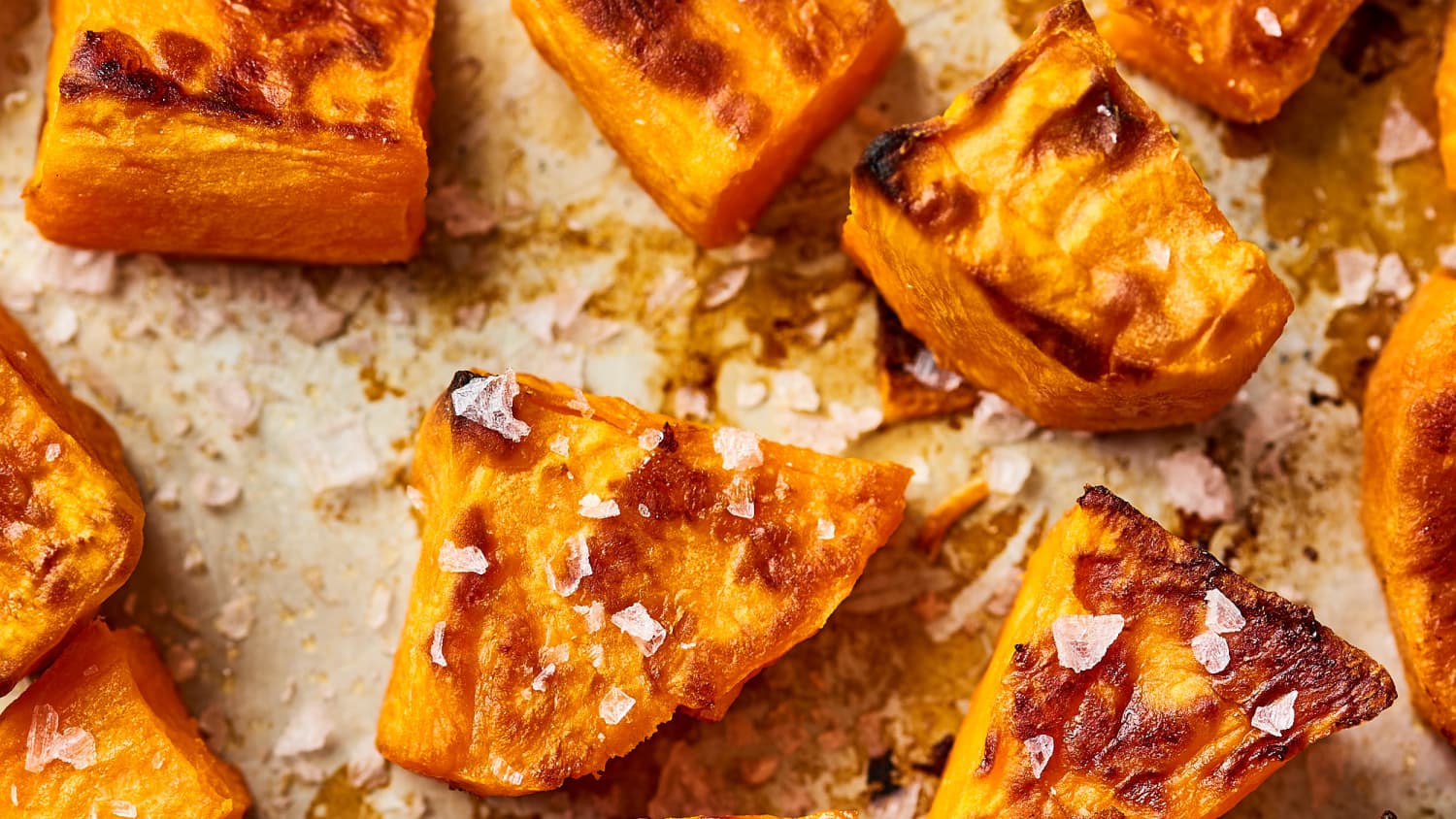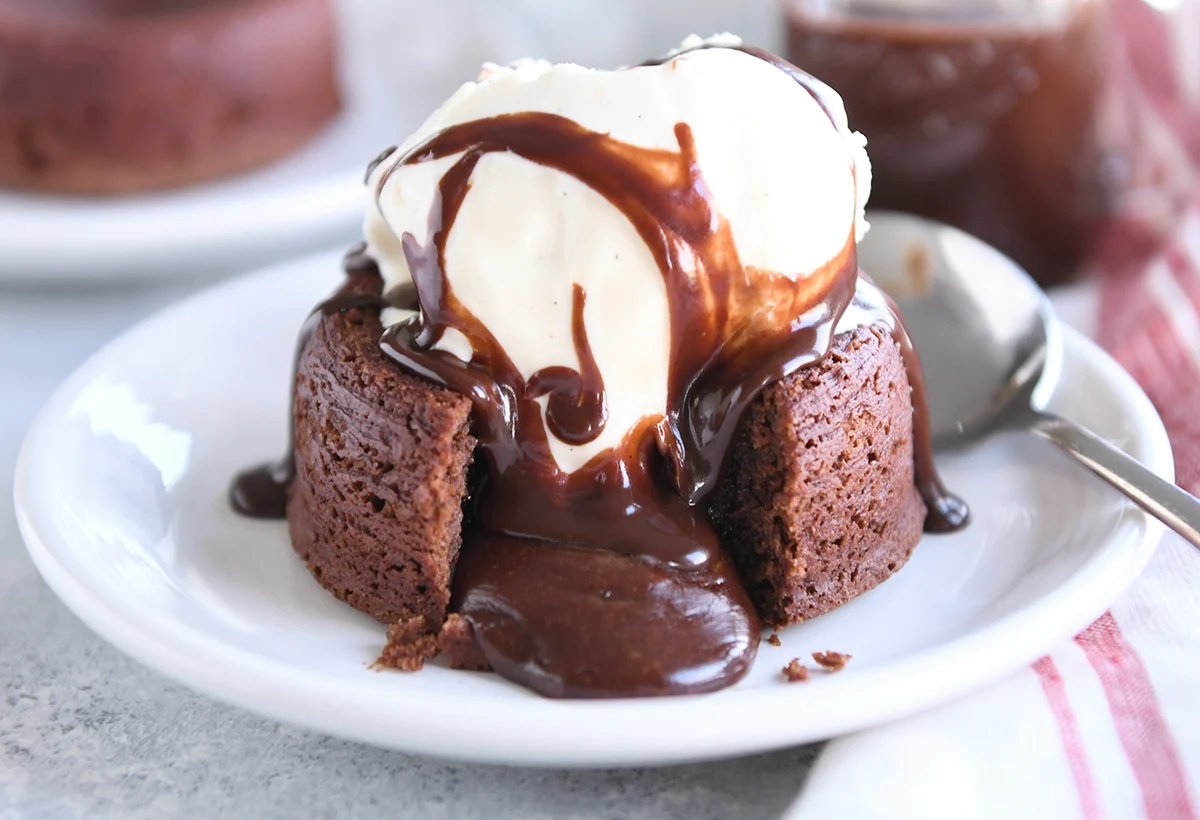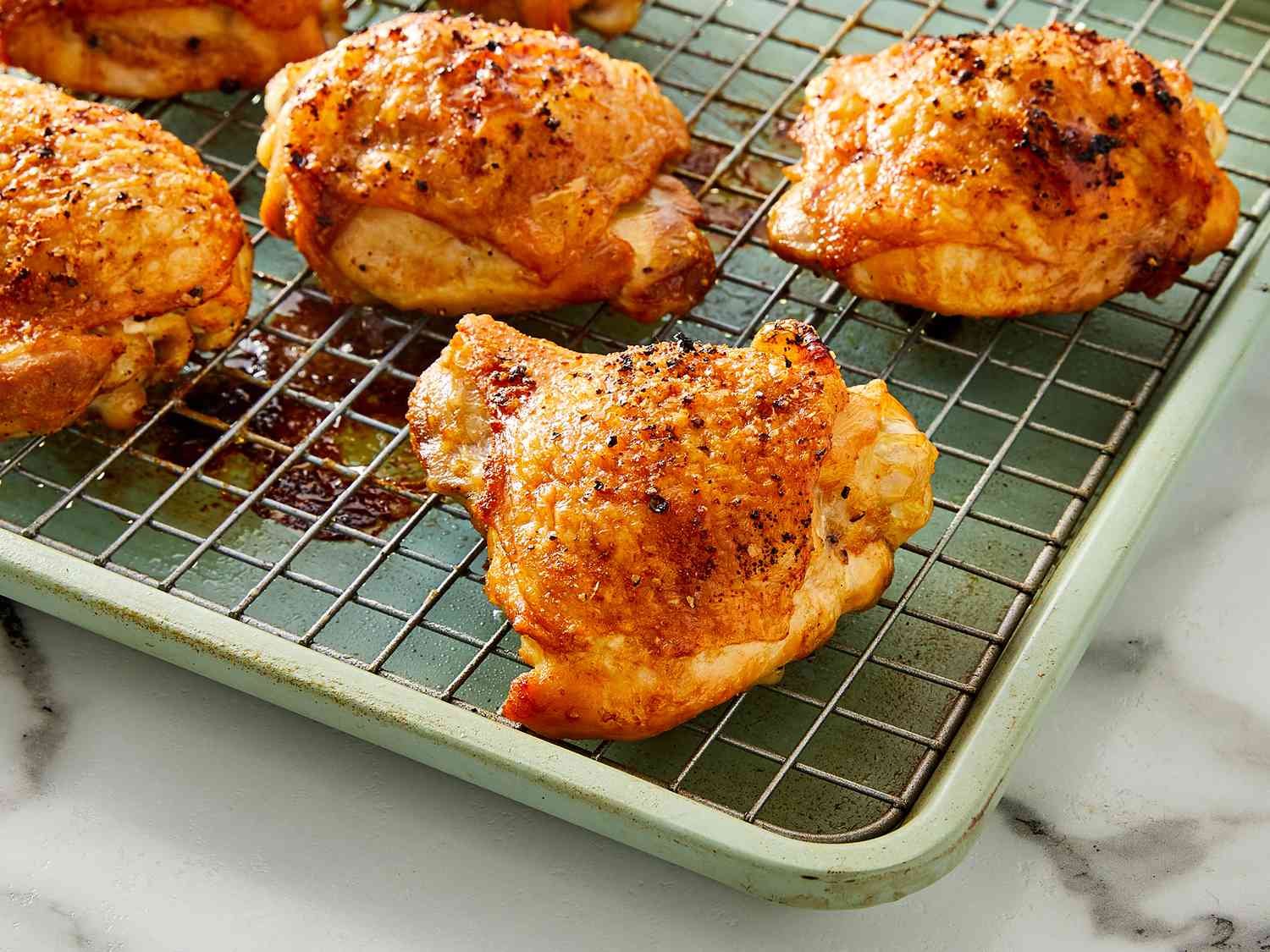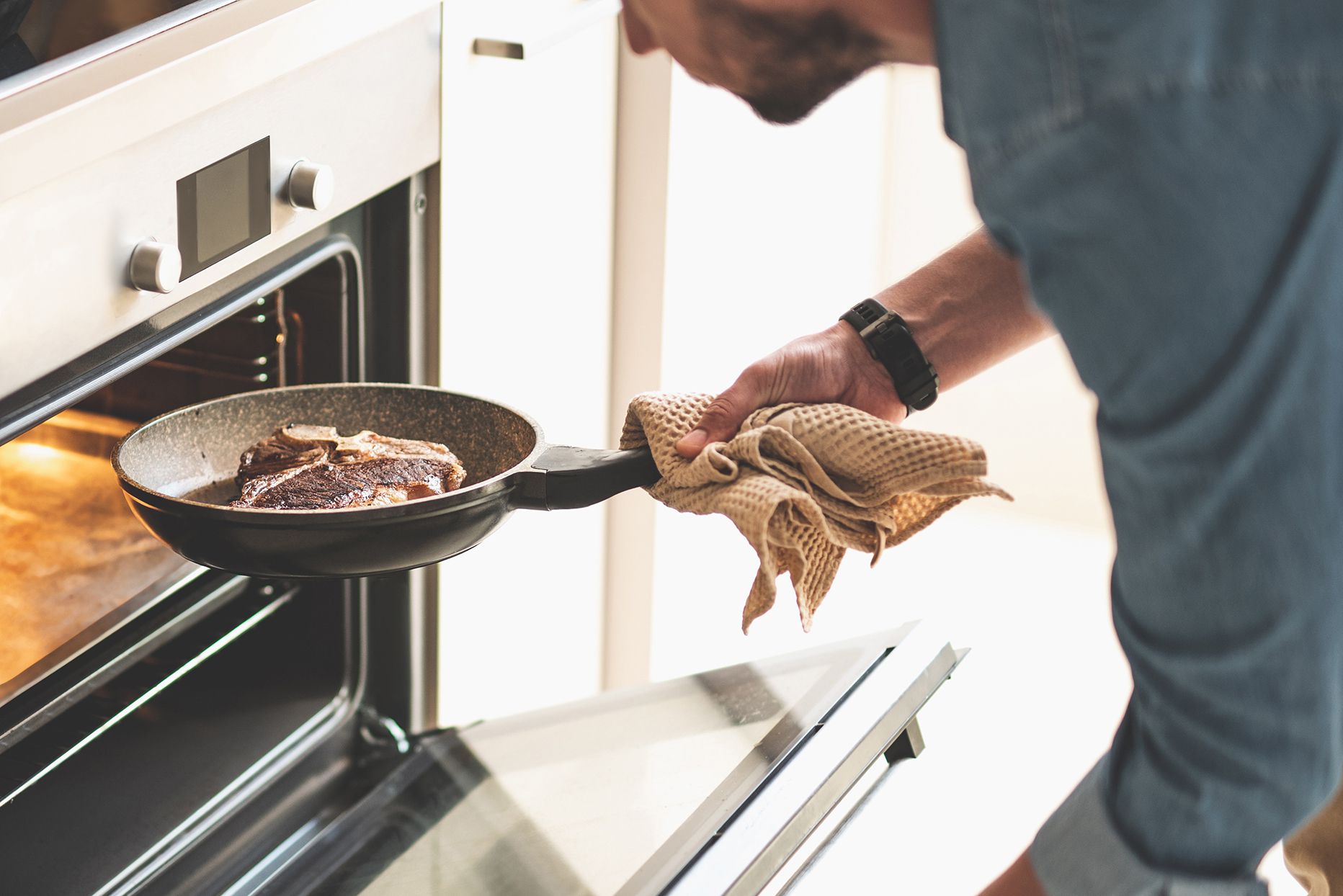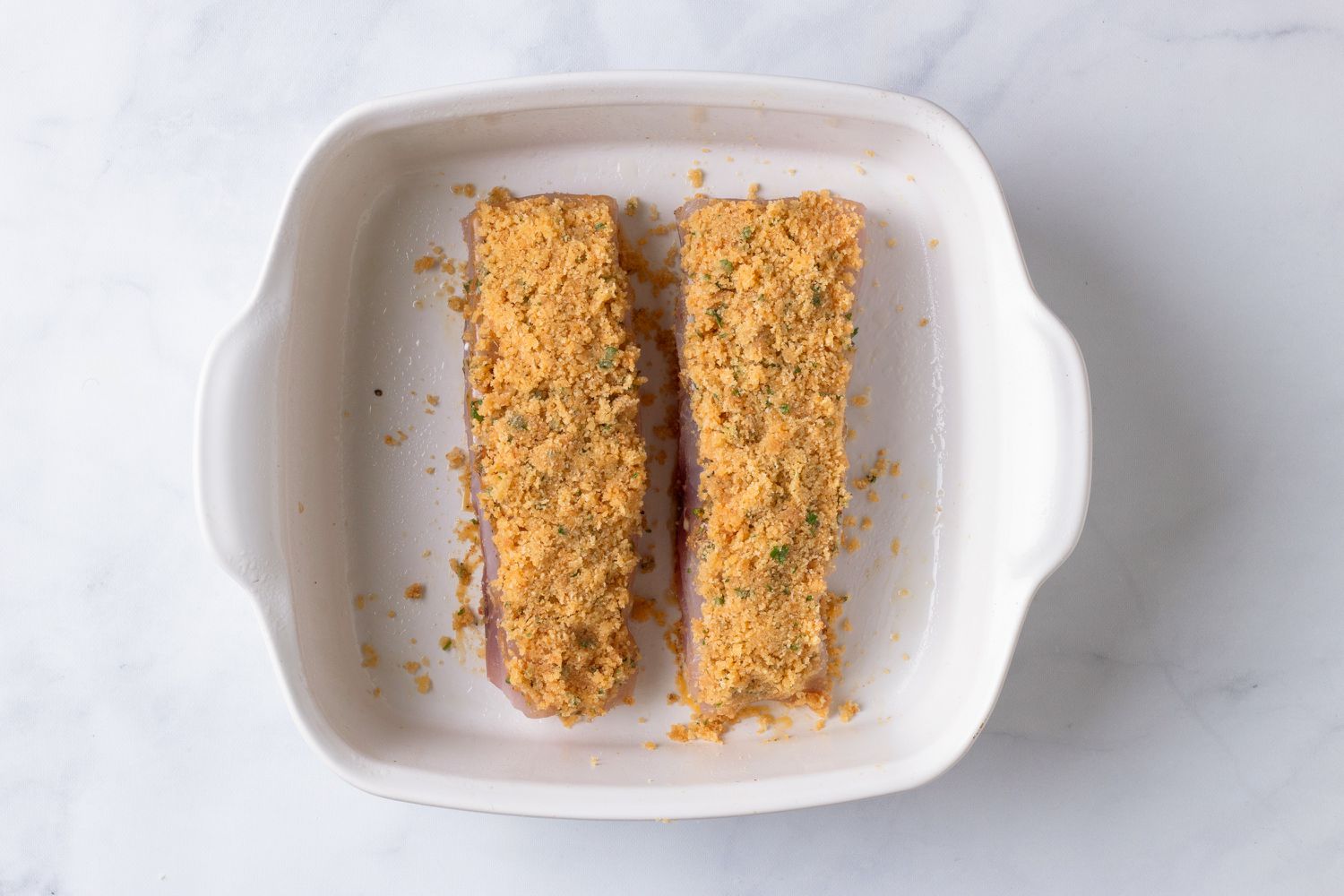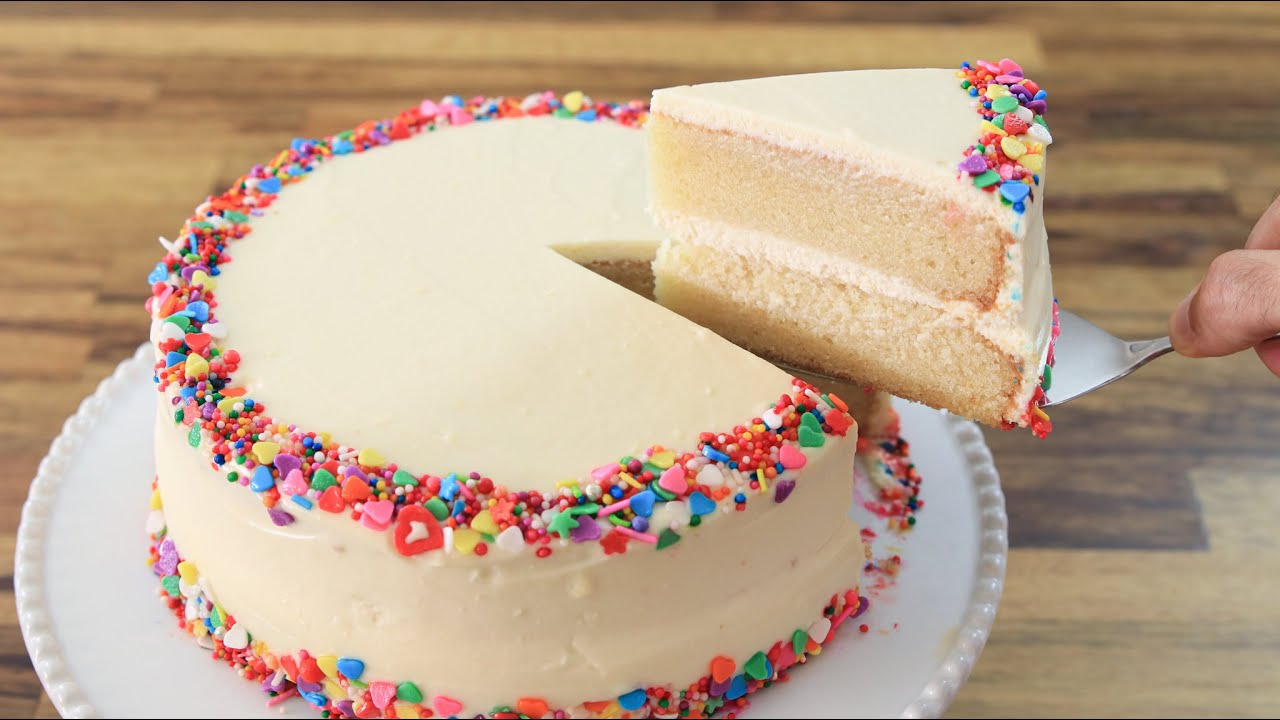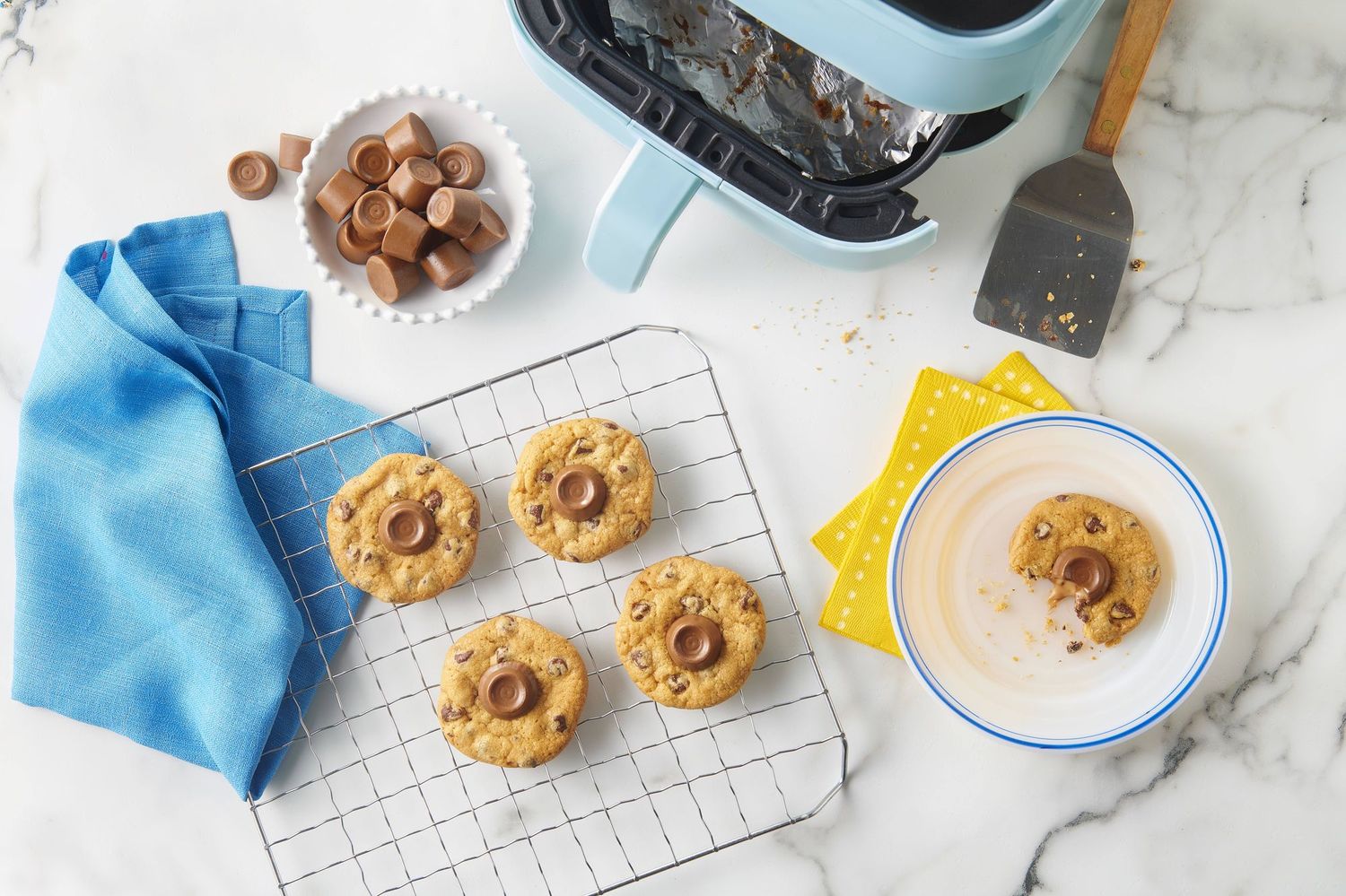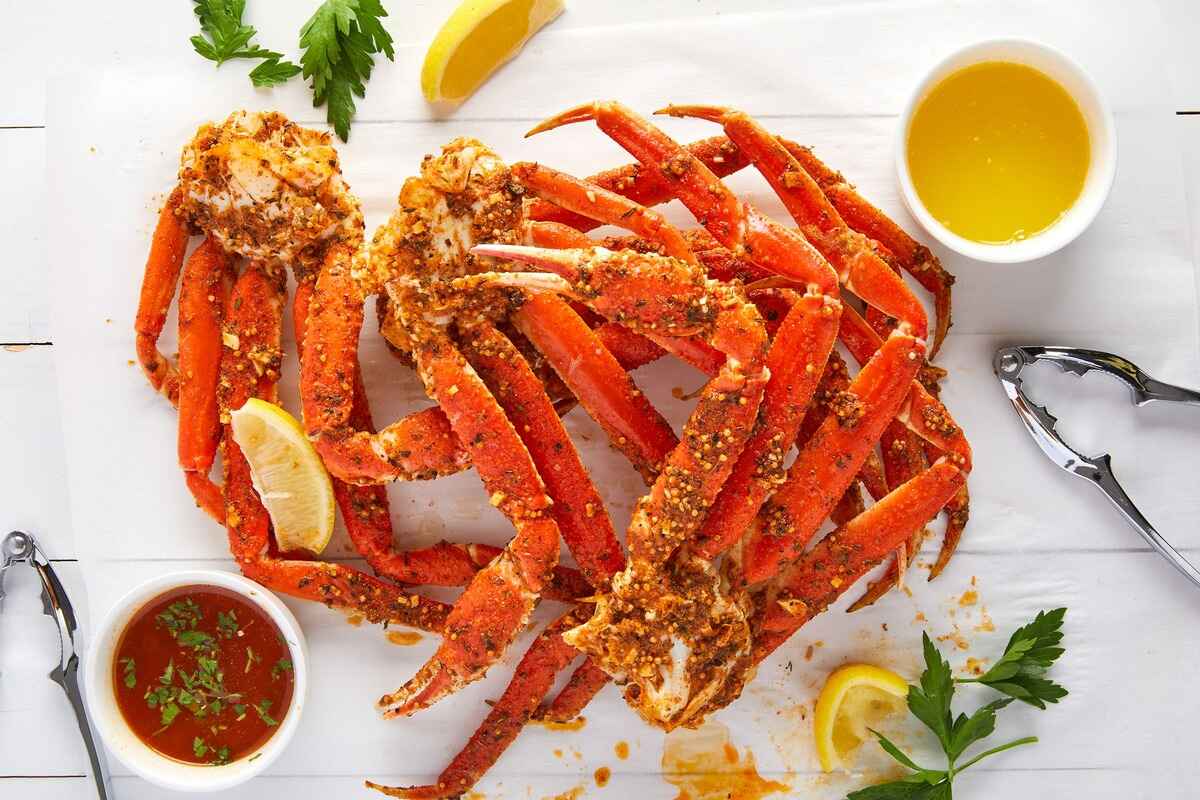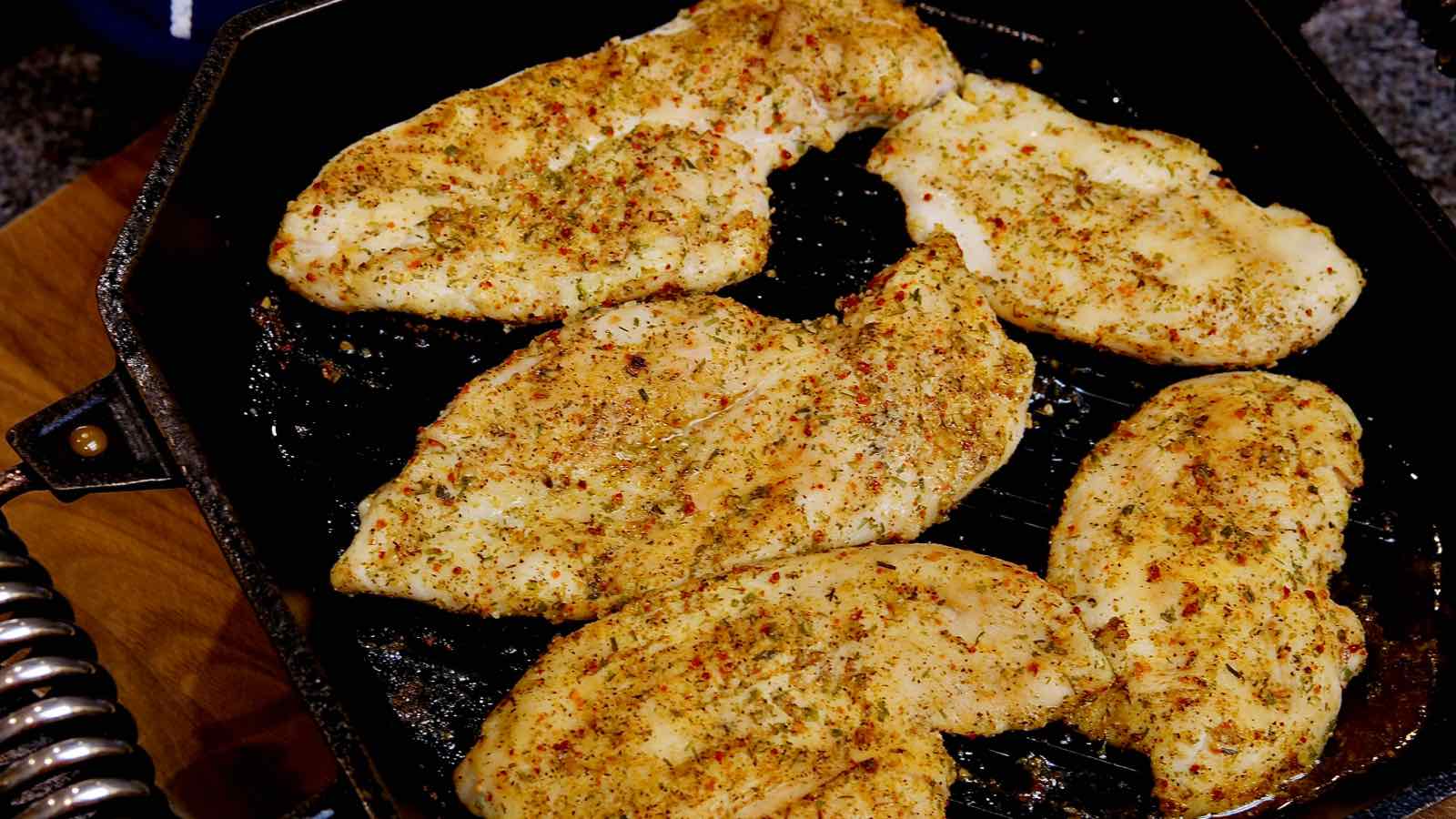How to Bake Delicious Treats with Stevia
Are you looking for a way to satisfy your sweet tooth without the guilt of consuming too much sugar? Baking with stevia is a great alternative to traditional sugar, as it is a natural, zero-calorie sweetener that can be used in a variety of recipes. Whether you’re a seasoned baker or just starting out, incorporating stevia into your baking can lead to delicious and healthier treats for you and your loved ones.
Benefits of Baking with Stevia
Before we dive into the specifics of baking with stevia, let’s explore some of the benefits of using this natural sweetener:
- Zero Calories: Stevia is a great option for those looking to reduce their calorie intake without sacrificing sweetness.
- Diabetic-Friendly: Stevia does not raise blood sugar levels, making it a suitable choice for individuals with diabetes.
- Natural Sweetness: Unlike artificial sweeteners, stevia is derived from the leaves of the stevia plant, providing a natural source of sweetness.
- Heat Stable: Stevia can be used in baking and cooking without losing its sweetness, making it a versatile ingredient in the kitchen.
Baking Tips for Using Stevia
When it comes to baking with stevia, there are a few key tips to keep in mind to ensure your treats turn out delicious:
- Use the Right Type: There are different forms of stevia available, including liquid, powder, and granulated. Be sure to use the type of stevia specified in your recipe for the best results.
- Adjust for Sweetness: Stevia is much sweeter than sugar, so a little goes a long way. It’s important to adjust the amount of stevia used in a recipe to achieve the desired level of sweetness.
- Combine with Other Ingredients: In some recipes, it may be beneficial to combine stevia with other natural sweeteners or ingredients such as applesauce or mashed bananas to enhance the texture and flavor of your baked goods.
- Be Mindful of Texture: Since sugar plays a role in the texture and structure of baked goods, using stevia may require adjustments to achieve the desired consistency. Adding additional moisture or using a combination of stevia and a bulking agent can help maintain the texture of your treats.
Delicious Stevia-Friendly Recipes
Now that you’re equipped with the knowledge of baking with stevia, it’s time to put it into practice with some delightful recipes. Here are a few ideas to get you started:
- Stevia-Sweetened Chocolate Chip Cookies: Replace traditional sugar with stevia in your favorite chocolate chip cookie recipe for a guilt-free indulgence.
- Stevia-Spiced Pumpkin Bread: Add stevia to a classic pumpkin bread recipe for a flavorful and low-sugar treat perfect for the fall season.
- Stevia-Infused Lemon Bars: Create a tangy and sweet dessert by using stevia in the filling of your favorite lemon bar recipe.
With these tips and recipes in hand, you’re ready to embark on your stevia baking journey. Whether you’re looking to reduce your sugar intake, accommodate dietary restrictions, or simply experiment with a new ingredient, baking with stevia can lead to delightful and healthier treats that everyone will enjoy.
Was this page helpful?
Read Next: How To Bake Croissant On Stovetop
